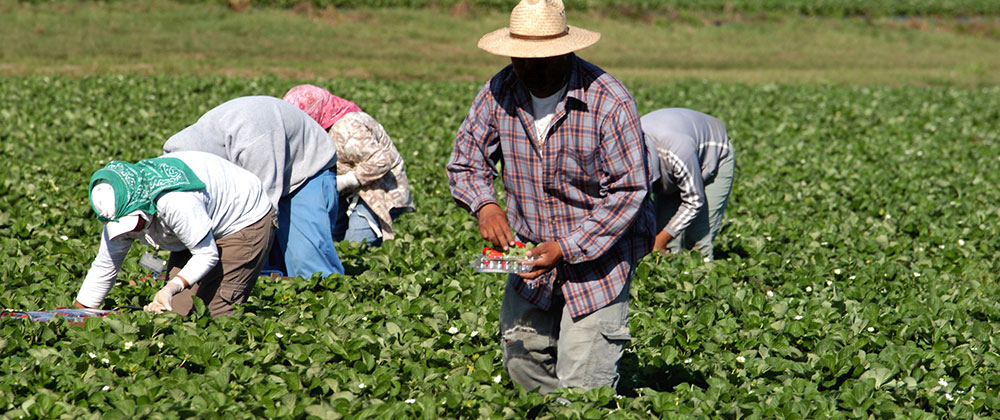If you have ever visited Miami, you know that the Cuban culture and population are enormous. Miami and Cuba look almost identical in some areas. There is even a part of Miami called Little Havana. Cuban immigrants have been flocking to Miami since the Cuban revolution. In the fifteen years following the start of the Cuban revolution, an estimated 500,000 Cubans migrated to Miami. Also, there are 1.2 million Cubans in Miami. Many that have come after 1980 have done so for economic reasons. However, this wasn’t always the case.
The Effect of the Cuban Revolution on Miami and Cuba
A coup started by Fidel Castro and his followers in 1953 was an attempt to overthrow the current regime. The coup was successful, and in 1959 President Fulgencio Batista was removed from power. Because of this, a new socialist movement started in Cuba. There was a total overhaul of the education system. Unemployment initiatives helped decrease the unemployment rate. That is where the good news ends. Cuba started to nationalize private property and business. Castro seized plantations, estates, money, and nationalized business owned by wealthy Cubans.
Anyone who opposed the Castro regime was at risk. Speaking out against the new leader put your life in danger. Estimates vary wildly on the number of Cubans killed by the Castro regime from 10,000 to 100,000. However, it is safe to say that staying in Cuba put many people’s lives in jeopardy. Because of the new regime, many Cubans fled for fear of their lives or having their property taken.
Miami and Cuba in the Aftermath of the Cuban Revolution
Because of the fallout of the Cuban revolution, immigration policies were lax to allow Cubans to flee from harm. Humanitarian laws were put in place allowing Cubans to circumvent the traditional immigration process. “Freedom Flights” began in 1965 and ended in 1973. An agreement reached by the United States and Cuba allowed anyone wishing to leave the country the ability to do so. Freedom flights between Miami and Cuba by U.S. government-chartered planes carried immigrants to Miami. About 300,000 Cubans arrived on freedom flights. Some Cuban “boatlifts” allowed for safe passage out of the country by boat.
The “wet-foot, dry-foot” policy enacted in 1995 gave any Cubans that made it to the U.S. a path to permanent citizenship. However, immigrant’s caught at sea had to return to Cuba. This policy recently canceled by President Obama lasted for twenty years.
Miami and Cuba Cultural Influence
The Cuban immigrants in Miami have brought their culture with them. From street festivals to music and of course the food. It is difficult to visit Miami and not experience some Cuban culture. Centered in Little Havana and spreading throughout all of Miami.
Viernes Culturales (Cultural Fridays) are a sight to see. The last Friday of the month the storied neighborhood of Little Havana hosts what feels like a block party. Calle Ocho or in English Southwest Eight Street is the hub of it all. The monthly festival showcases what this Cuban enclave has to offer. Music from Latin bands fills the street. Painters and artists show off their work. Cigar smoke fills the air, and double decker buses bring in tourists by the hundreds.
If Cuban food is what you’re after then, this is the place for you. Arroz con pollo, cafe Cubano, and fried plantains are just some of the specialties to choose from. You feel as though you’ve instantly been transported to the little island in the North Atlantic Ocean. It is an experience like no other.
Miami and Cuba the Food
There isn’t another immigrant population that has brought so much change to a U.S. city. This is especially true about Cuban food. Miami and Cuba may as well have the same menu. The introduction of Cubans to Miami has also brought about changes to traditional Cuban cuisine.
Cuban’s influence on Miami’s cuisine started in Little Havana. With the grocery stores, restaurants and street vendors selling traditional Cuban cuisine. This blossomed into something greater. Many Cubans did not have access to the kinds of ingredients they could find in the U.S. Most of the higher priced items were only available to the rich. In Miami, Cubans were given access to a variety of new ingredients. Because of this, food from Miami and Cuba inspired one another to almost create a new type of cuisine. While this may not be traditional Cuban cooking, it is delicious none the less.
Miami and Cuba: The Conclusion
Miami and Cuba have only had fifty years to influence each other. This means that there is more to come. In this short amount of time, there has been such a great influence. With each generation born, the ties get a little deeper. With an estimated 1.2 million and growing Cuban population, Miami is sure to change. In conclusion, while tragedy may have brought many Cubans here, they stay because of the magnificent life and city they have created.



